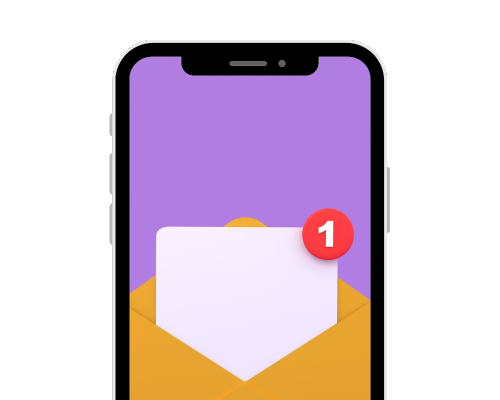Blogs
IDFA, iOS 14, SKAdNetwork ' What Does It All Mean?
)
'Every year, iPhone users around the world get excited about the iOS operating system updates.'
Sometimes, bugs and other issues get fixed. System updates also roll out new features like changes to the camera or iMessage. All these changes provide users with a more enjoyable experience with their device. Which is crucial ' because people tend to spend a lot of time on their phones.'
iOS 14.5 was a whole new ball game. Sure, users were looking forward to it... But if you ask advertisers, they've been dreading it for months. This update completely alters the way user information is collected and tracked.'
Apple calls it a major push towards increasing user privacy on their devices. Marketers call it a blow that some might never recover from.
To that we say, hang on guys. We got this. In this post-IDFA world, it'is'possible to succeed. Better yet, we can thrive at iPhone marketing. It's going to take a shift in mindset, as well as a few key points you don't want to miss.'
'
First thing's first. What is the IDFA?'
IDFA is short for "Identifier for Advertisers." Apple assigns a random device identifier to a particular user's device. It sits on a user's iPhone, iPad or similar device running the iOS operating system. That identifier is what we call the IDFA.'
Or at least, that's how it used to be.'
IDFA collects data that tracks and identifies users. Marketers use this data to understand when users interact with their campaigns. Things like what ads they click, what payments get authorized, etc. Nothing personal or compromising. Marketers depended on this data to optimize the performance of their campaigns.''
And this worked well for marketers. Apple's previous approach to privacy required users to opt out of sharing their IDFA. Typically, if the user'has to'go out of their way, it won't happen.'
In walks Apple's "App Tracking Transparency" feature. Apple set it to enable default, which means that users'have to'go out of their way to disable it. As of iOS 14, marketers'have to'ask for the consent of users to track them. Here's what that looks like:'
1. A user interacts with an app'
2. If the app wants to track them for advertising purposes, a pop up appears.''
3. That pop up will ask their permission to enable tracking.''
4. The user checks yes or no before continuing.''
If the marketer gains permission, all is well. Unfortunately for marketers, a "no" means they lose out on access to the IDFA.'
'
iOs'14.5 has only been out for a few weeks, but it's already impacting the industry at large. The App Tracking Transparency feature is having exactly the effect on users you'd expect.'According to one recent study, only about 4% of iPhone users in the United States have'actually chosen'to opt into app tracking. That data sampling came from more than 2.5 million people who use their phones daily.'
On iOS 14.5 launch day, that number was at just 2%. Some marketers held out hope that adoption would escalate... but that hasn't worked out yet. With worldwide iPhone users, that number climbs to just 12%. We can tell that this trend isn't going to get much better as time goes on.'
'
Winning in the Post-IDFA World'
iOS is one of the most widely used operating systems on the planet. So naturally, these changes are super scary for most advertisers.'Facebook has come out of the gate swinging. They said this type of personalized advertising could hurt app developers' revenue. By 50% or more in some cases.''
They're not alone. A variety of mobile marketing firms are banding together to help.'Chartboost, Singular, and others have formed a'Post-IDFA Alliance. They aim to address marketers' concerns and help forge a path to success moving forward.
The solution? It's more straightforward than you think. (And'certainly'more straightforward than in-app advertising.) Marketers will just have to shift how they interact with users on the platform.''
It's about strategizing the user experience of the apps and related content. Your aim is improving measurability and increasing conversions.''
For this, Apple also rolled out a new attribution solution. Debuting alongside iOS 14 was the'SKAdNetwork. Of course, it comes with certain limitations.'SKAdNetwork'will register that someone has engaged with an ad. Unfortunately, marketers will only get conversion data. They don't get any user-level campaign information. This makes it harder to track the performance of ads down-funnel events.'
The fix for this is contextual targeting. Contextual targeting means placing ads in the app based on the content of that app. The more someone interacts with an application, the more data you have about what they like and don't like. This means you can deliver more compelling advertising experiences and see better performance!'
Mobile advertising has shifted dramatically. But at the same time, it's only a liability if you allow it to become one. Savvy marketers will come out all the better because of these changes. Time will tell how many there will be!'
'
'



)
)

